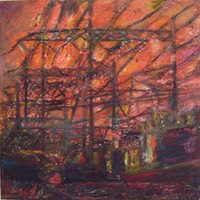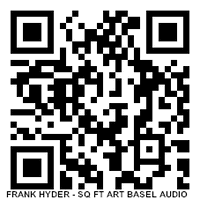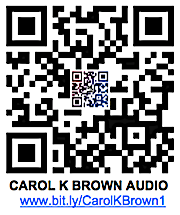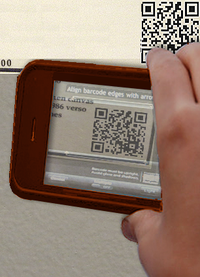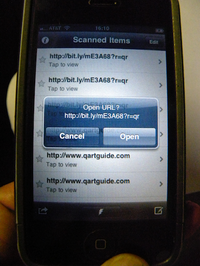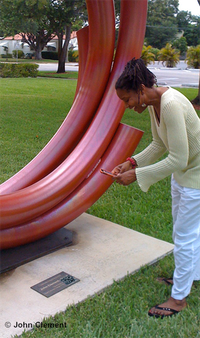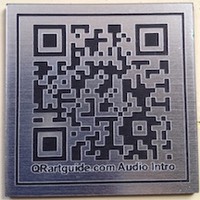Why Audio?
Text can provide information in a clear, even evocative manner, but the human voice offers a more intimate delivery of artist insights and curatorial statements. Recorded audio files allow artists, curators and other experts to discuss the work on display in a one-to-one spoken engagement.
Listen to a set of one-minute samples.
Why QR codes?
QR codes deliver audio (or other digital information) from a scanned QR code to any smart phone equipped with a free scanner app. The gallery visitor (or recipient of a postcard with a QR code) simply "snaps" the code and the linked web address opens up in the phone. In this case, the audio begins to play.
Of course text and QR codes are not mutually exclusive. Timelines, diagrams, maps and text can still be presented on wall placards, though this information can also be delivered digitally - via QR codes.
QR codes can be readily shared on the spot and taken home.
How does the QR audio service work?
Here's a typical scenario for a museum or private collection:
Step 1. Consult with Curatorial, Marketing and Education department staff to determine specific needs for a campaign.
Step 2. Create audio recording plan.
Step 3. Record audio, either locally or via Skype or Zoom.
Step 4. Edit audio files, review with staff and then host approved audio files online with archive.org or other service.
Step 5. Shorten link to your hosting site, using bitly, tinyurl or other service.
Step 6. Generate QR codes from shortened link, using QRcode monkey, beaconstac or other service. Label QR codes for easy identification.
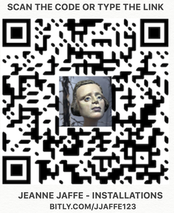
Step 7. Deliver audio files and QR codes to museum staff and webmaster electronically. (Files are generally under 4MB)
Step 8. Museum webmaster incoporates links into web site and other digital applications (e-vites, blog, etc.). Museum staff and print contractor incorporate QR codes into various printing designs for invitations, posters, wall texts, engraved plaques, etc.
Advanced Scenarios include:
A. Audience feedback through a message retrieval service. Specially designated QR codes allow visitors to text or phone in messages about the specific artworks, the audio guide or other topics.
B. Automatic language translation can be offered for text-based messages on Wikipedia (for QR codes so programmed).
C. Monitoring of usage patterns of codes on marketing materials can be studied by staff to gain audience insights.
D. Text-to-donate, membership and volunteer sign-up, calendar and catalog offerings, discount coupons, etc.
Want to read a white paper on QR codes?
CONTACT:
305.758.1141
Skype: miamimosaics
georgefishman@me.com
——
